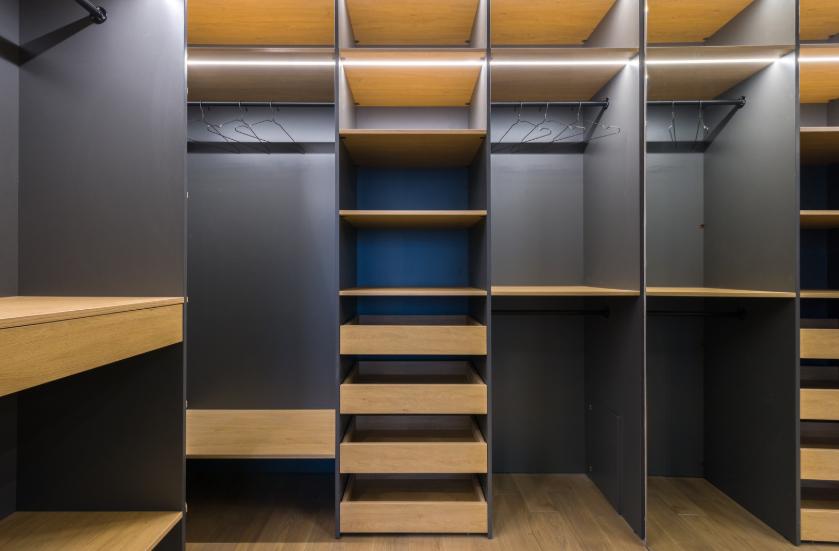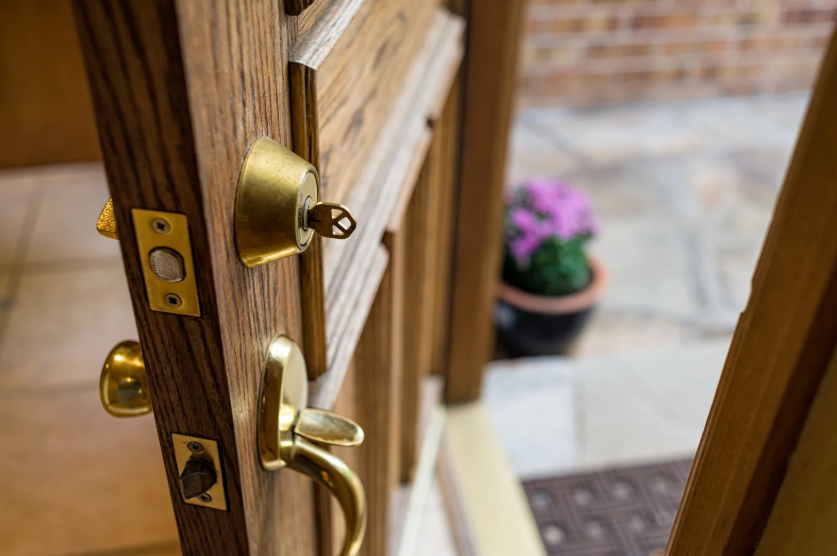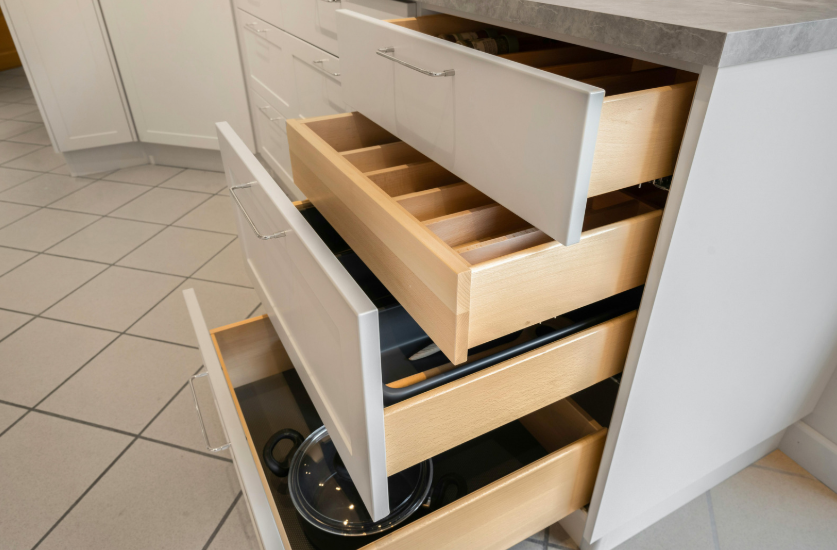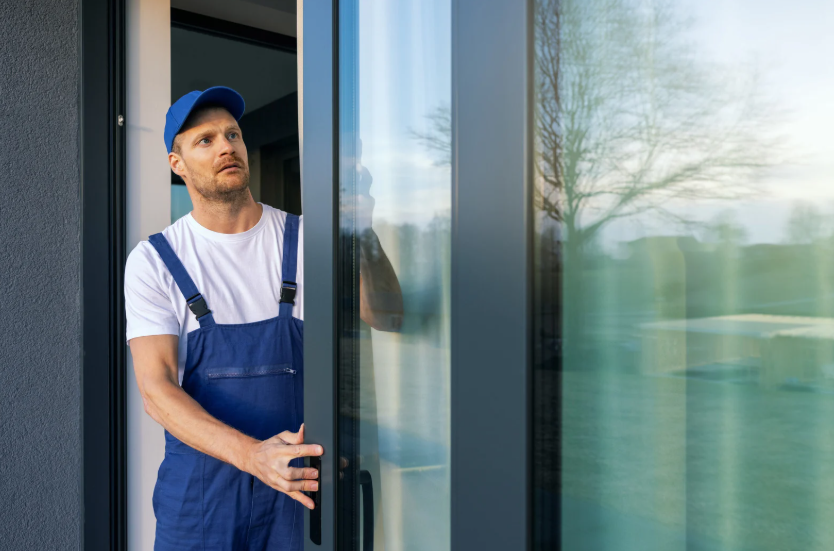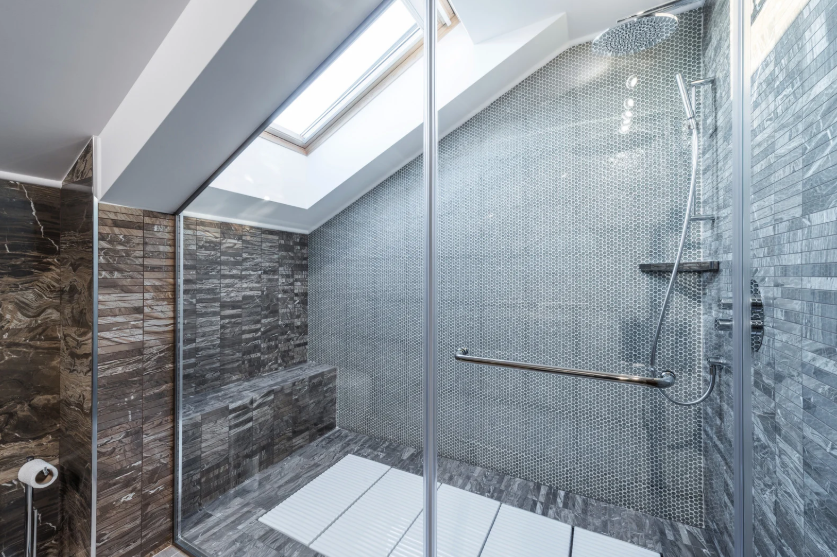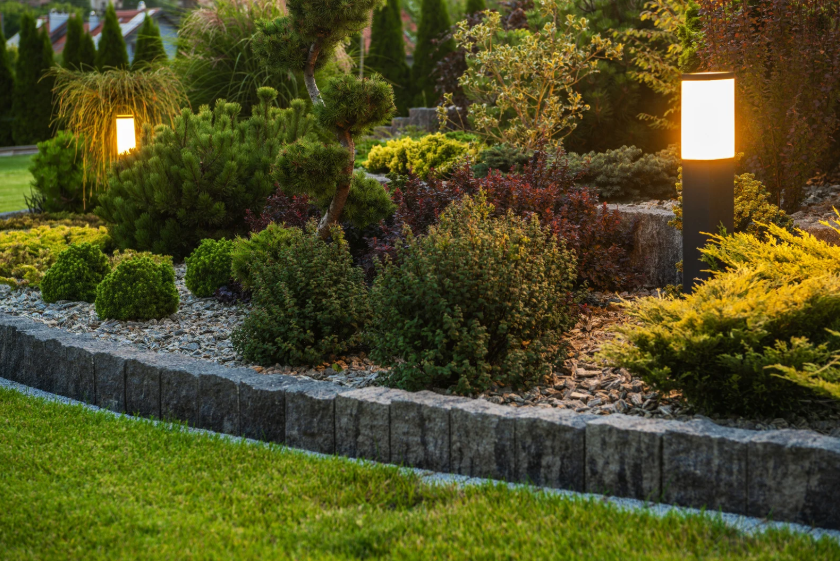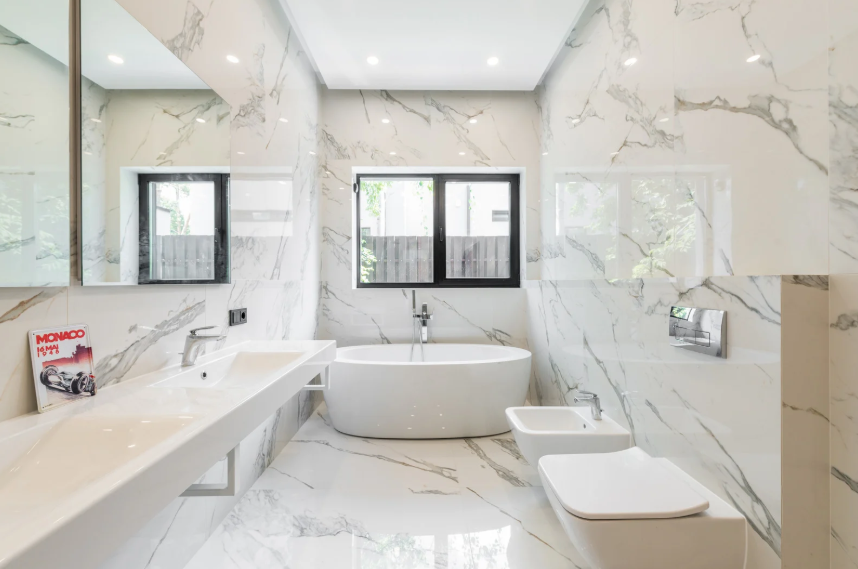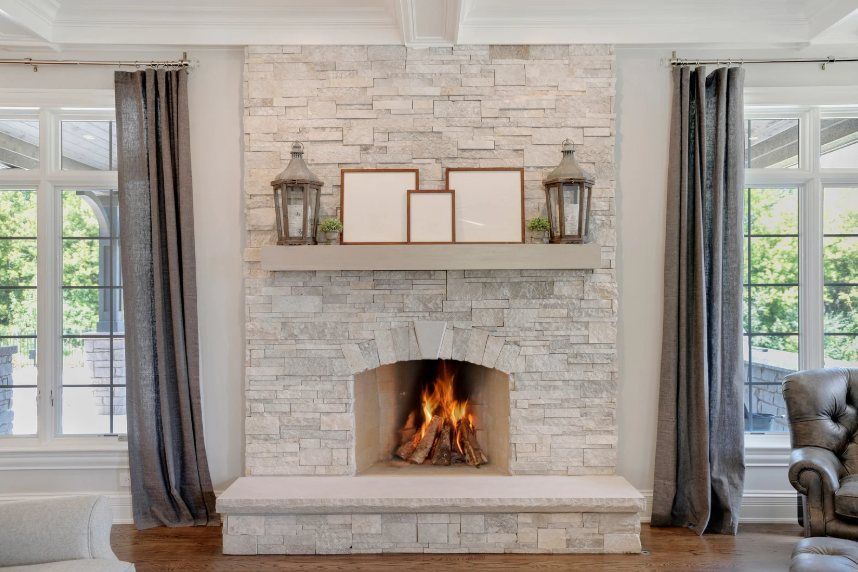Basement Waterproofing Methods: Choosing the Right Approach
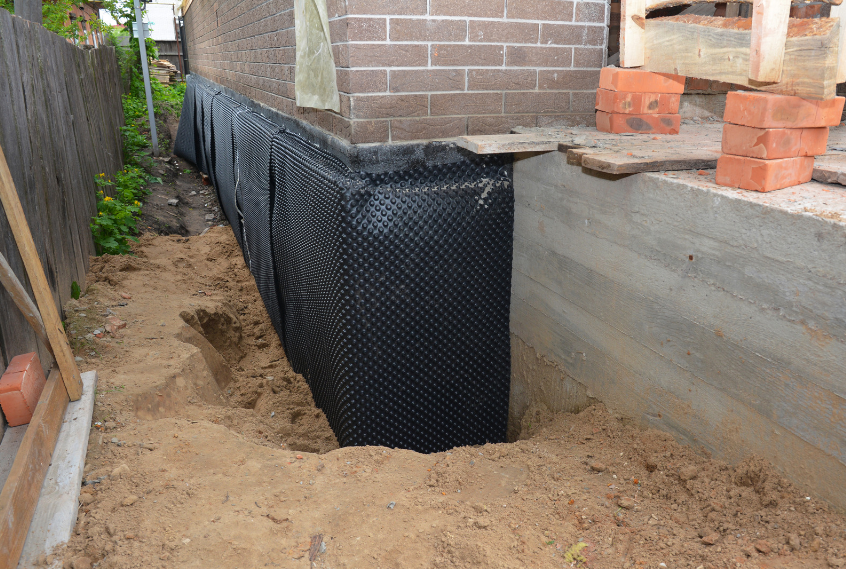
Basements are a valuable part of any home offering extra living space, storage and even a personal retreat. However, they are also highly susceptible to moisture problems, which can lead to severe issues like mold growth, structural damage, and a decrease in the overall value of your home. Proper basement waterproofing is essential to protect your investment and ensure a safe, dry, and usable space. This article will explore basement waterproofing methods and help you choose the right approach for your home.
At Jeff's Home Improvement, we specialize in providing top-notch basement waterproofing services tailored to each homeowner's unique needs. Whether you're dealing with a minor moisture problem or significant water intrusion, our team has the expertise to implement the most effective solutions.Understanding the Causes of Basement Moisture
Before diving into the different basement waterproofing methods, it's essential to understand the common causes of basement moisture. Water can enter your basement in a variety of ways, including:
- Hydrostatic Pressure: The pressure from groundwater surrounding your home can force water through cracks in the foundation walls or floor.
- Surface Water: Poor grading or improperly maintained gutters and downspouts can lead to water pooling around the foundation, eventually seeping into the basement.
- Condensation: High humidity levels in the basement can cause condensation on walls, floors, and other surfaces, leading to moisture buildup.
- Cracks and Gaps: Cracks in the foundation, gaps around windows, or other openings can provide an easy entry point for water.
Basement Waterproofing Methods: Interior vs. Exterior
Basement waterproofing methods generally fall into two categories: interior and exterior. Each approach has its advantages and is suited for different situations. Let’s explore the most common methods within these categories.
Interior Basement Waterproofing Methods
Interior waterproofing focuses on managing water that has already entered the basement. These methods are typically less expensive and easier to implement than exterior solutions but may not prevent water from entering in the first place. Here are some popular interior waterproofing methods:
- Sealants and Epoxy Injections: The foundation walls or floor cracks can be sealed with waterproof coatings, sealants, or epoxy injections. This method is effective for minor leaks and cracks but may need to be sufficient for more significant water issues.
- Interior Drainage Systems: An interior drainage system involves installing a French drain or a similar system along the perimeter of the basement floor. This system collects water that enters the basement and directs it to a sump pump, which then pumps the water out of the basement. Interior drainage systems are effective for managing water after it has entered the basement but do not stop water from entering.
- Sump Pumps: A sump pump is a device installed in the lowest part of the basement or crawlspace that collects and pumps out water that has entered the space. Sump pumps are often used with interior drainage systems to prevent flooding and dry the basement.
- Vapor Barriers: Installing a vapor barrier on the walls and floors can help prevent moisture from entering the basement through the porous concrete. This method is particularly useful in preventing condensation and reducing humidity levels in the basement.
Exterior Basement Waterproofing Methods
Exterior waterproofing focuses on preventing water from entering the basement in the first place. These methods are more comprehensive and often more expensive than interior solutions but provide a more permanent solution to moisture problems. Common exterior basement waterproofing methods include:
- Exterior Excavation and Waterproofing: This method involves excavating around the exterior of the foundation to expose the walls. A waterproof membrane is then applied to the foundation walls to create a barrier preventing water from seeping. This method is highly effective but can be costly and disruptive.
- Exterior Drainage Systems: Installing an exterior drainage system, such as a French drain or weeping tile, helps to direct water away from the foundation. This reduces hydrostatic pressure on the foundation walls and prevents water from entering the basement. Exterior drainage systems are often used in conjunction with exterior waterproofing membranes.
- Grading and Landscaping: Proper grading and landscaping around the foundation can help direct surface water away from the home. This can involve regrading the soil, installing gutters and downspouts, or creating a drainage swale. While grading and landscaping are not waterproofing methods in the traditional sense, they play a crucial role in preventing water from pooling around the foundation.
- Exterior Wall Coatings: In addition to waterproof membranes, other coatings like tar, asphalt, or elastomeric sealants can be applied to the foundation walls to create a waterproof barrier. These coatings are typically used with other exterior waterproofing methods for added protection.
Choosing the Right Basement Waterproofing Method
Selecting the suitable basement waterproofing method depends on several factors, including the severity of the moisture problem, the water source, and your budget. Here are some considerations to keep in mind when choosing the best approach for your home:
Assess the Source of the Water
Determining the water source is crucial in choosing the proper waterproofing method. Sealing and interior methods may be sufficient if the water enters through cracks or gaps. However, an exterior solution may be necessary if the problem is due to hydrostatic pressure or poor grading.
Consider the Severity of the Problem
Interior waterproofing methods like sealants or sump pumps may be effective for minor moisture issues or occasional leaks. However, if you're dealing with significant water intrusion or flooding, an exterior waterproofing solution may be required to address the problem.
Evaluate Your Budget
Interior waterproofing methods are generally more affordable and less invasive than exterior methods. However, while exterior waterproofing may have a higher upfront cost, it often provides a more permanent solution that can save you money in the long run by preventing future water damage.
Consult with a Professional
Basement waterproofing is a complex process that requires a thorough understanding of your home’s unique conditions. Consulting with a professional waterproofing contractor, like Jeff's Home Improvement, can help you assess the situation and choose the best method for your needs. A professional can also ensure the work is done correctly and to a high standard, giving you peace of mind.
The Benefits of Basement Waterproofing
Investing in basement waterproofing offers numerous benefits beyond just keeping your basement dry. Here are some of the key advantages:
- Increased Home Value: A dry, usable basement adds value to your home, making it more attractive to potential buyers.
- Enhanced Comfort: Waterproofing your basement creates a more comfortable living environment by reducing humidity levels and preventing mold growth.
- Structural Integrity: Waterproofing helps protect your foundation from water damage, preserving the structural integrity of your home.
- Health and Safety: By avoiding mold and mildew, waterproofing improves indoor air quality and reduces health risks for your family.
- Energy Efficiency: A dry basement is more accessible to insulate, improving your home’s energy efficiency and lowering utility bills.
Why Choose Jeff's Home Improvement for Your Basement Waterproofing Needs?
At Jeff's Home Improvement, we understand that every home is unique, including its waterproofing needs. Our experienced team offers basement waterproofing services, from interior solutions to comprehensive exterior systems. We take the time to assess your home’s specific conditions and recommend the most effective method for long-lasting protection.
- Expertise: With years of experience in basement waterproofing, we have the knowledge and skills to handle any moisture problem.
- Quality Workmanship: We use the highest quality materials and proven techniques to ensure a durable and effective waterproofing solution.
- Customized Solutions: We tailor our services to meet your home's unique needs, ensuring the best results.
- Customer Satisfaction: Your satisfaction is our top priority. We work closely with you to understand your needs and provide a solution that exceeds your expectations.
Conclusion
Basement waterproofing is a critical step in protecting your home from moisture-related issues. Understanding the different basement waterproofing methods and choosing the right approach can ensure a dry, safe, and comfortable space. Whether you’re dealing with minor leaks or significant water intrusion, Jeff's Home Improvement is here to help.
Contact us today to learn more about our basement waterproofing services and how we can help you protect your home.



